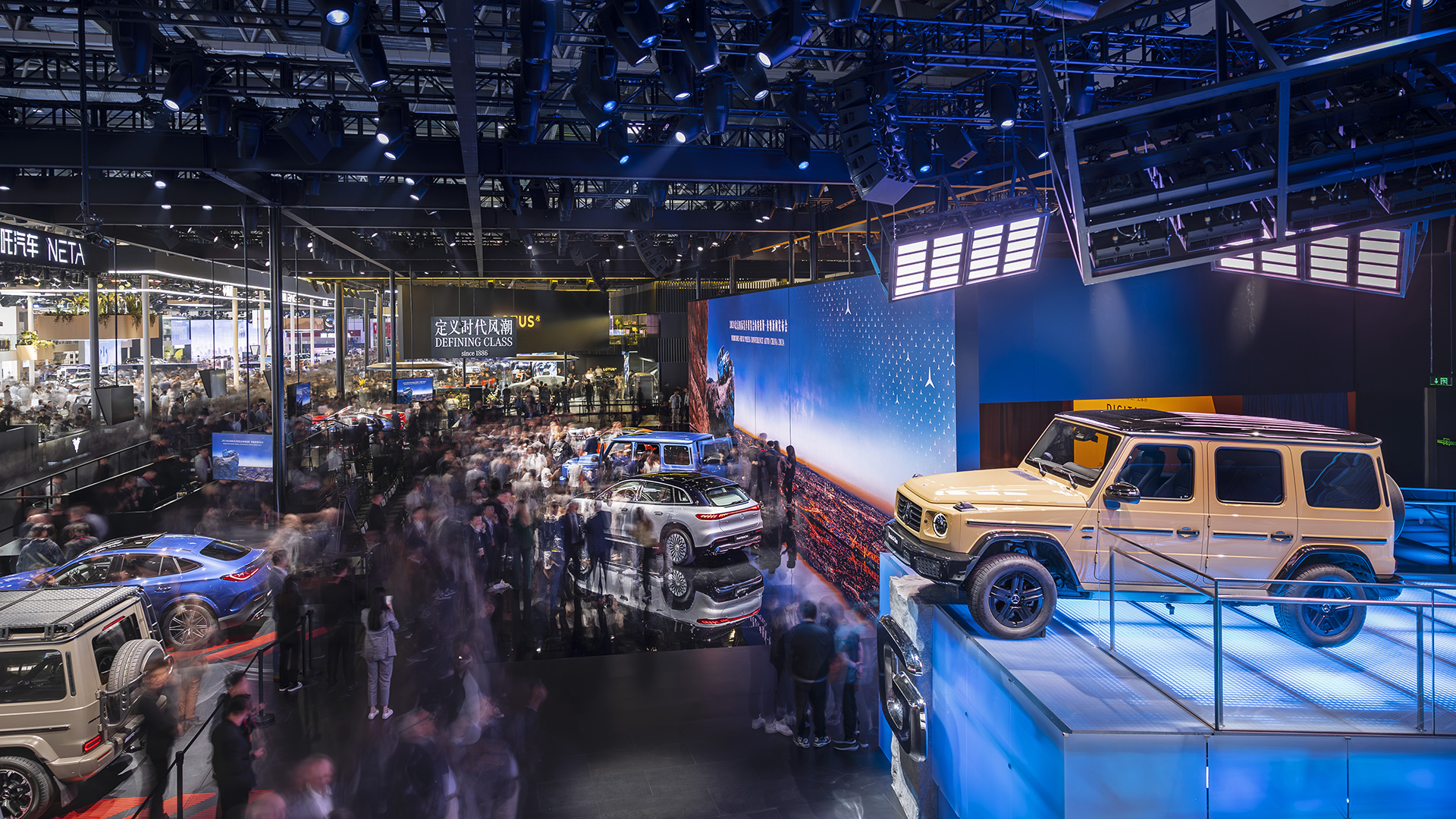
One of the busiest stands at the Beijing Auto Show (China Auto) was a consumer electronics company known for its phones displaying its first car. Until a few months ago, you might have expected that company to be Apple, but instead, it was home-grown talent, Xiaomi showing off its new EV the SU7. The stand saw queues around the stand as the crowds vied for a look at this sporty and aggressively priced electric car.
Among the big international manufacturers at the show were just as many local brands, from companies largely unheard of outside of China but that offer some genuinely interesting models. In recent years, brands like BYD and Zeekr have broached the European and American markets, but there’s lots more like them. Then there are brands like MG and Lotus that have had a resurgence thanks to new Chinese ownership.
I had the chance to explore the show for myself this week and discovered a new world of automotive for a new generation of drivers. One that can no longer rely on brand loyalty for its success. The move to electric power is being heralded as the biggest change in the motor vehicle in 100 years, but the change is far bigger than simply how it's powered.
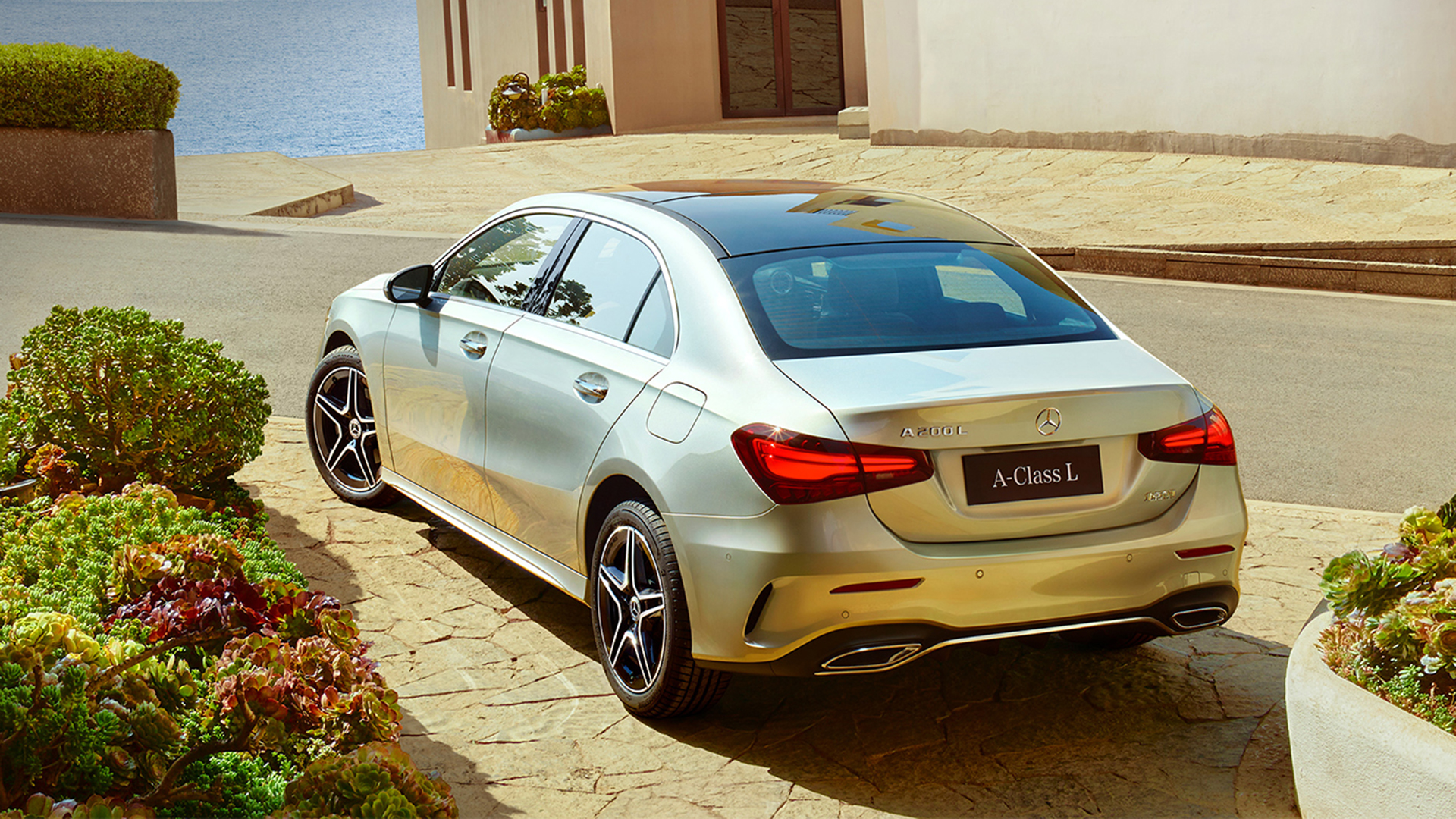
Local partnerships
I was at China Auto in Beijing to see the launch of the Mercedes Benz Electric G-Class – or the G580 powered by EQ technology, to give it its Sunday name. It's a design that has remained largely unchanged for 45 years on the outside, but under the skin is one of the most advanced cars the company has built to date.
Mercedes-Benz has built cars exclusively for the Chinese market in China since 2006, through a partnership with local firm BAIC Motor Corporation. These models all wear an additional badge on the back with their name in Chinese characters 北京奔驰 (Beijing Benz). These models are customised to suit the market and are typically extended to offer more room in the back for passengers. Only its premium models such as the S-Class, GLS and G-Class are imported.
Christoph Starzynski, VP of Vehicle Engineering and Overall Vehicle Functions at Mercedes-Benz Cars says it’s down to local priorities about where the buyer is sat, with many of its E-Class models being driven by a chauffeur. “China has a unique position, in the US the customers are more segment-driven,” says Starzynski. Many cars are also bought to accommodate the whole family. “Their highest priority family member is probably the grandma and they're sitting in the back, so you want them to have a comfortable situation.”
It’s not the only company to work with a partner to produce local models. Brands including Ford, Toyota, BMW, and General Motors all have similar arrangements. One slight oddity is the company Jetta, which in a partnership between VW and China FAW Group produces a new car for the Chinese market based on the original VW Jetta design.
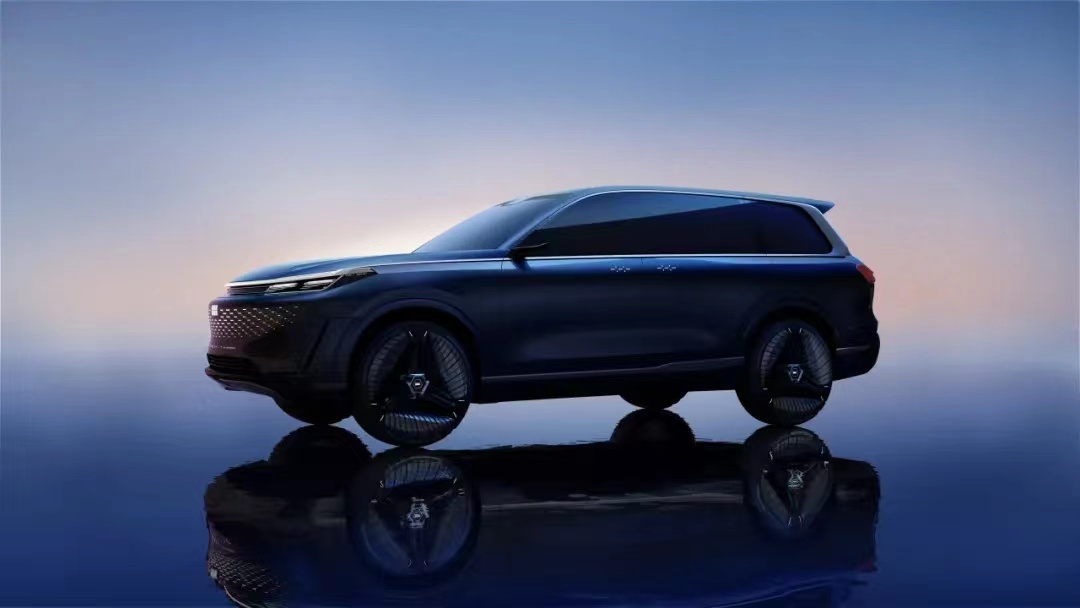
Not just SUVs
While the trend of SUV-styled vehicles remained prevalent at the show, it was reassuring to still see a range of other options. MPVs, or Minivans, remain more popular in Asian markets and offer an even more luxurious experience for those being transported in the back than even premium sedans like the Mercedes S-Class and BMW 7 series.
As with the longer wheelbase Mercedes, these cars are designed around the rear passenger and some of the top models on display offer seats that you’d expect to see in the business class section of a plane. VIPs in the rear can relax or work while being driven for hours in heavy city traffic.
From the Lexus LM to the Hongqi Q8, there are some seriously luxurious interiors. Typically with three rows of seats, the middle row offers two individual chairs rather than a bench and the back row folds down to provide luggage storage. The Toyota Alphard has long been one of the big names for luxury MPVs in the region but local brands such as Lorinser provide some incredibly high-spec interiors.
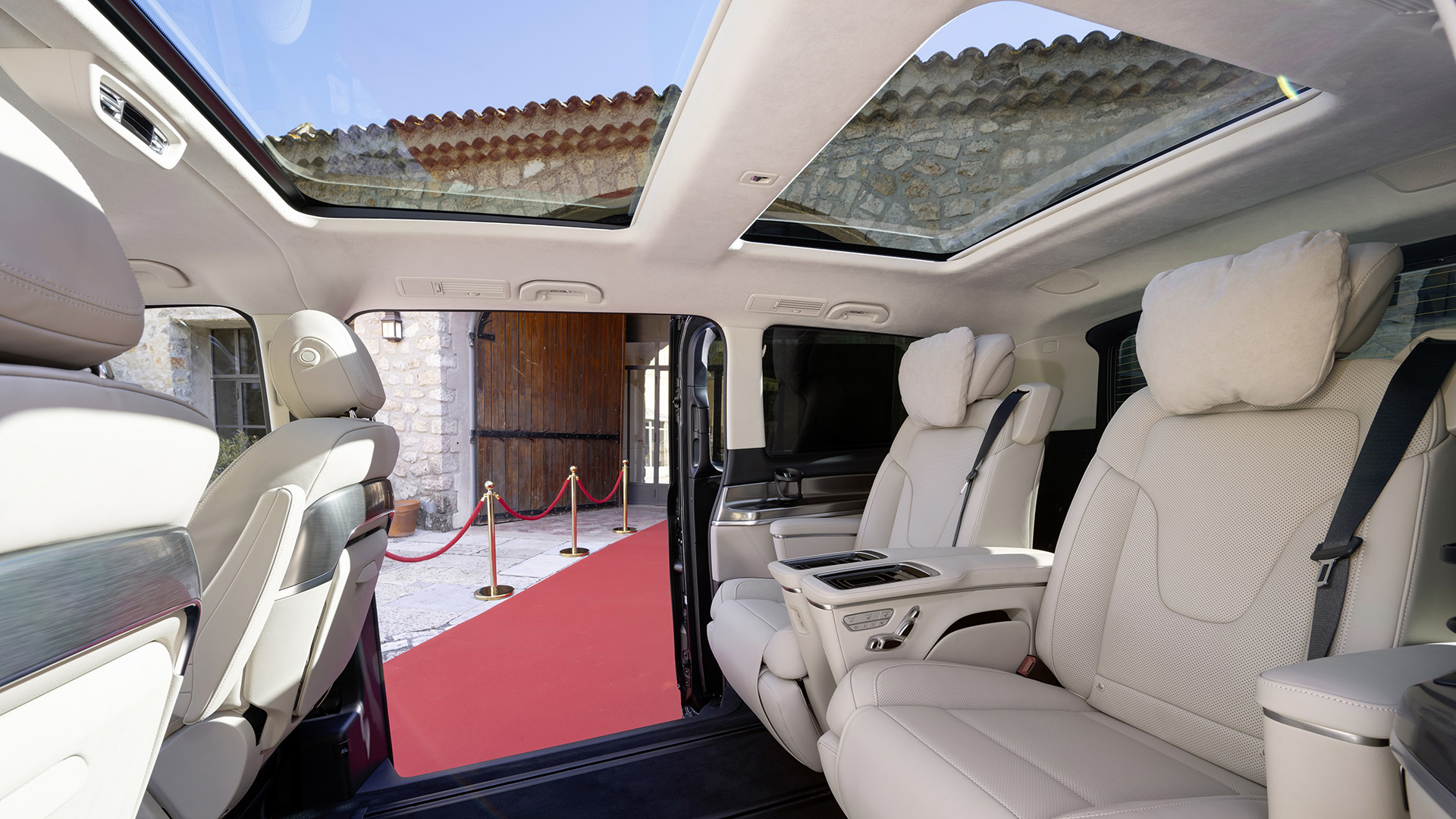
Gordon Wagner, Chief Design Officer Mercedes-Benz Group sees the MPV market continuing to grow. “We have our V class here which is very popular, but usually in this traffic, you have a driver or a chauffeur. When you're sat in traffic you want to have space, especially when eventually cars are driving more autonomously. You want to make that your third place and take advantage of the time sat in the traffic jam.”
One of the most impressive at the show was Geely’s Galaxy Starship concept, which combines forward and backward opening doors with a gullwing opening for the windows. A more family-friendly version is the new Zeekr Mix, which allows the front seats to rotate and create a seating area around a table for days out.
With electric vehicles trying to maximise range through aerodynamics, there was also a large number of saloons (or sedans) too. From the previously mentioned Xiaomi SU7, to international models such as the Polestar 4, these slick four-door EVs offer industry-topping range figures and fast acceleration, making them popular choices, though some models are hard to distinguish from each other.
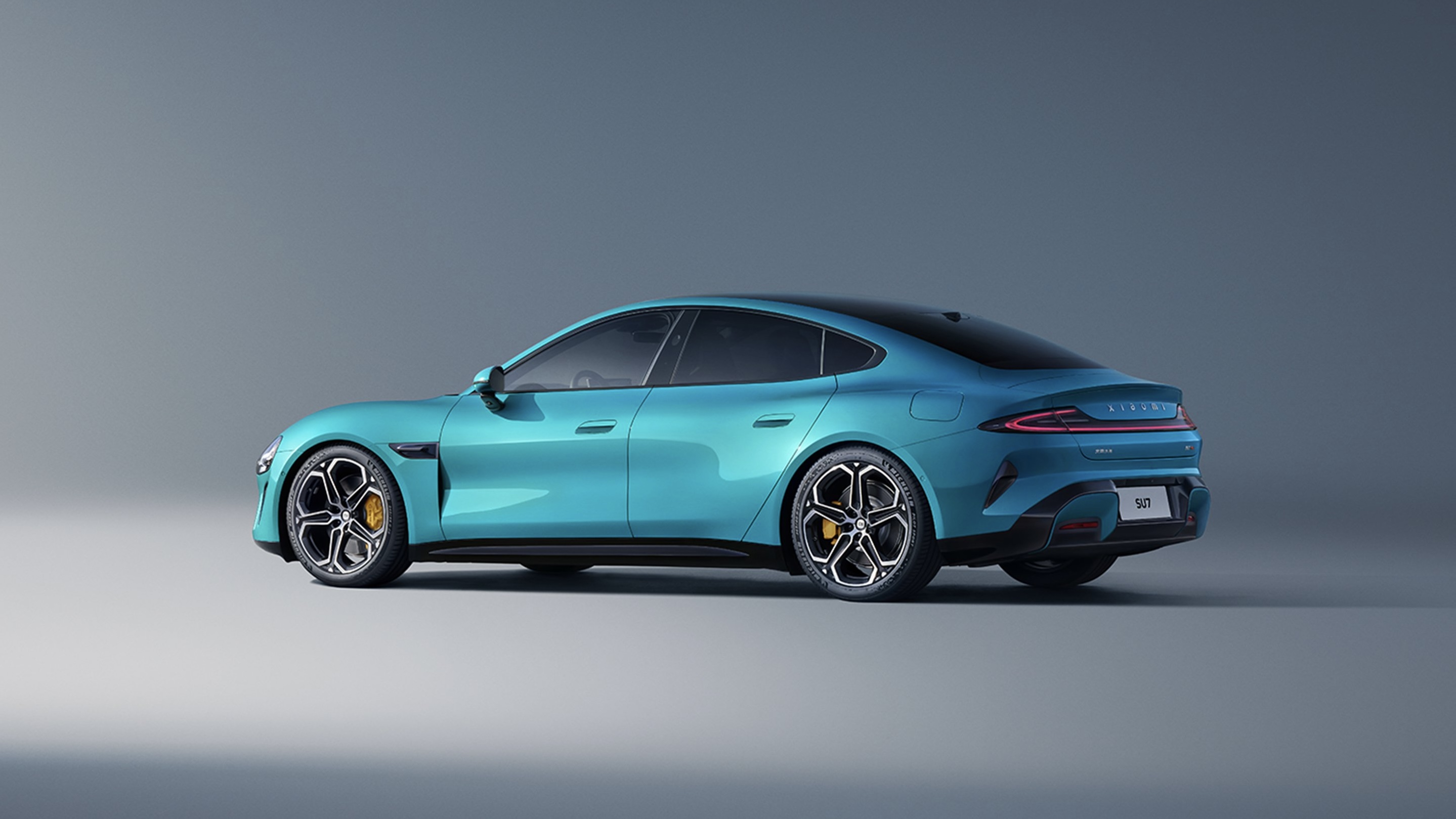
Commodity pricing
While there are definitely premium offerings from local companies like Beijing Auto Company, Dongcheng Motors and Geely, their success is extremely sensitive to price. As with mid-range mobile phones, many of these vehicles offer similar specs and designs so getting the pricing right is key to their success.
These models tend to be significantly cheaper than foreign imports and can be hugely successful in the budget to mid-range sectors. It means that on your average Beijing highway, the range of badges on display looks very different to Europe or the US.
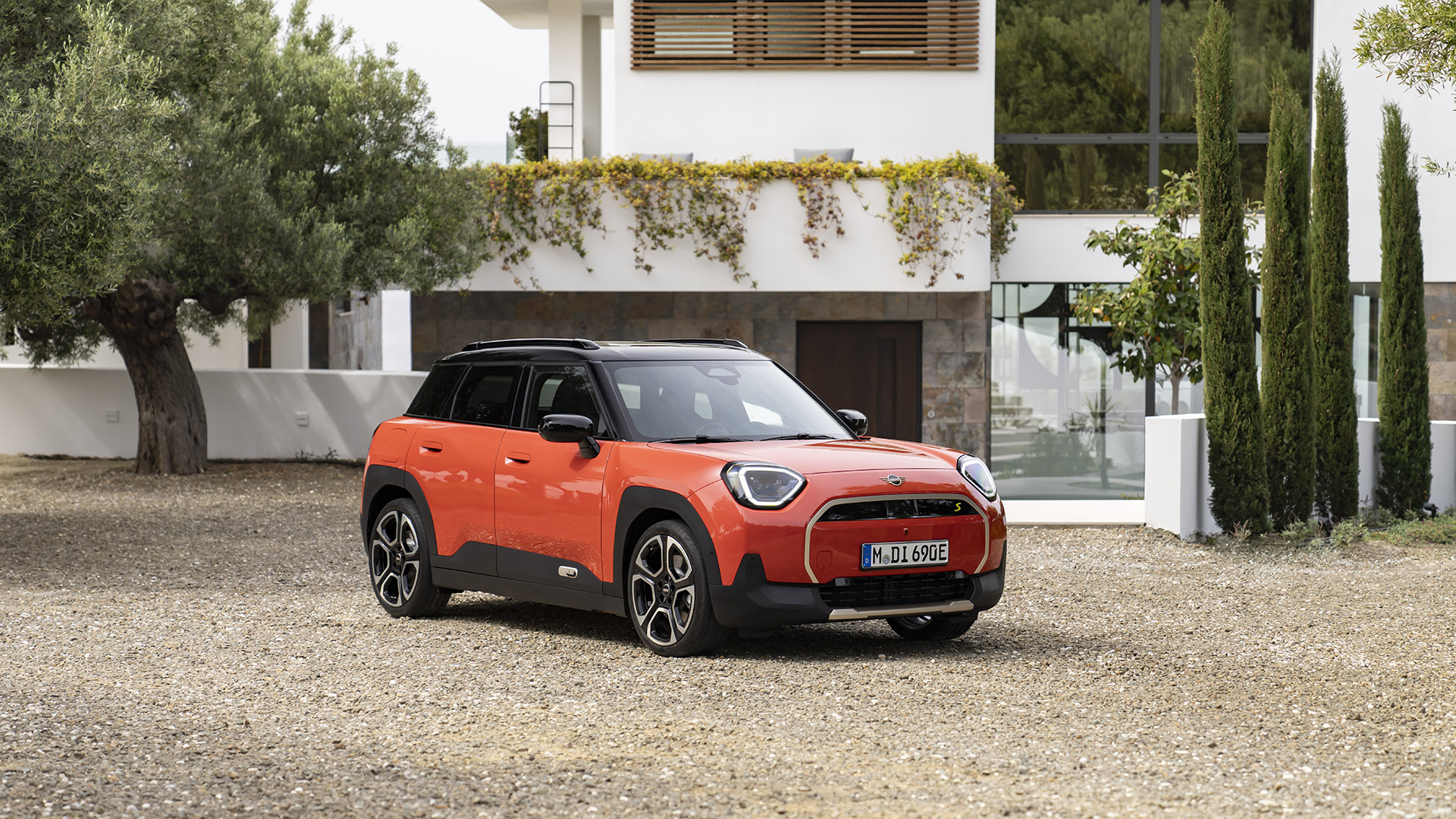
Big announcements
In addition to the large number of releases from Chinese national brands at the show, there were a considerable number of international releases in addition to the Mercedes Electric G-Class. First, the Mercedes and Geely-owned Smart showed off a concept for the Smart #5, an electric mid-sized SUV with an off-road style roof light bar and huge OLED displays covering the width of the dash.
BMW’s MINI released its Goldilocks model, the Aceman. Sitting halfway between the Cooper and the Countryman, this new all-electric model is a five-seat crossover that shares the same look and feel as its siblings. Inside is also has the circular OLED screen and knitted fabric dash. It comes in two versions with up to 252 miles of range. BMW also showed off its updated i4 design.
VW showed a new concept called the ID. Code, which offers an entirely new look for its future EVs and Porsche held a Chinese launch of the Macan EV at the show, alongside the new China version of the Taycan. While both of these models have already had international launches, the China Auto reveal was extremely well attended and shows the power of the brand.
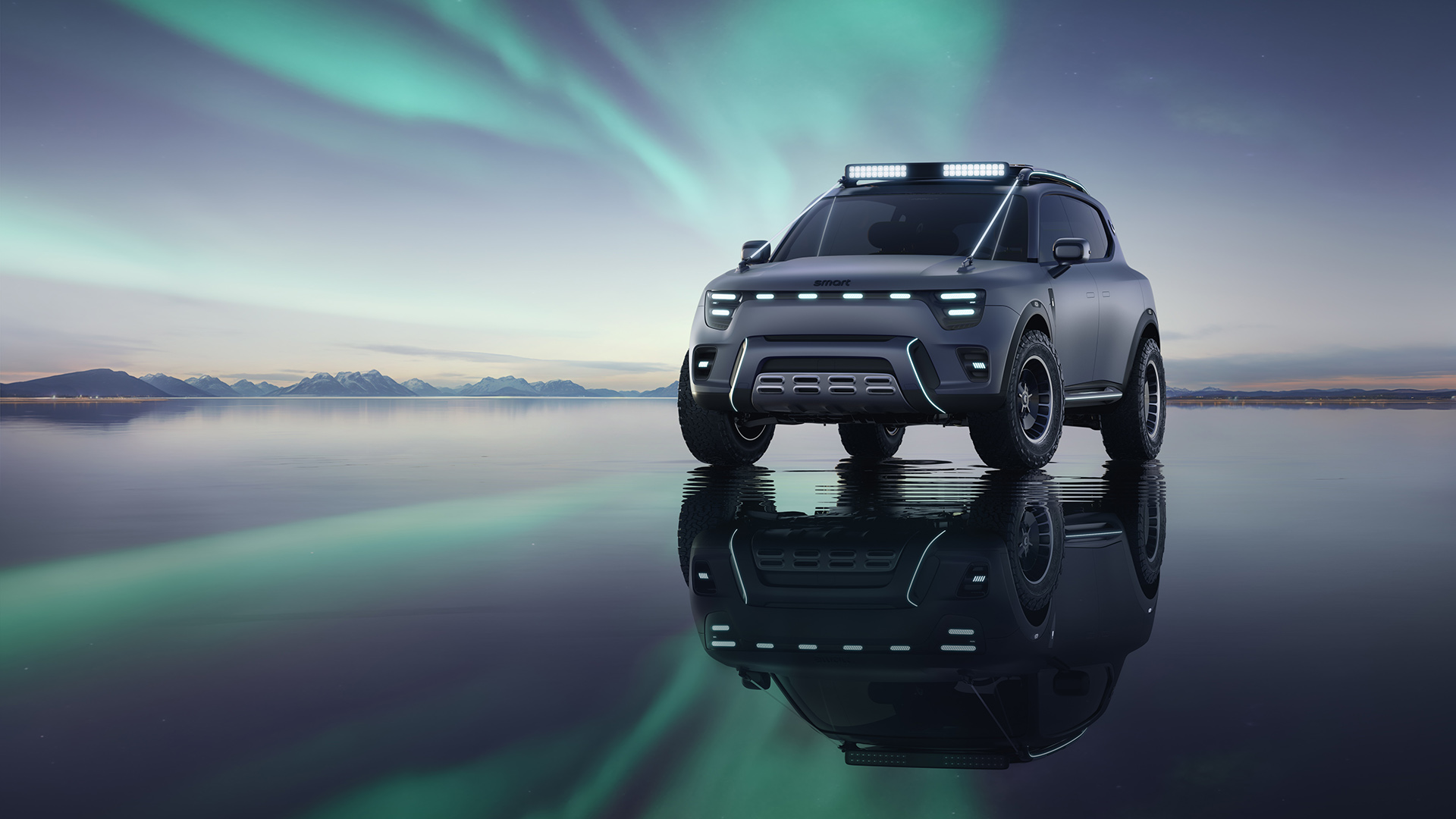
What’s to come?
While motor shows have generally been on the decline in Europe and the US, China Auto looks to be going from strength to strength. This has been down to the importance of the Chinese market to European and American manufacturers, but also the emerging Chinese brands as they look to send more electric models internationally.
In 2025 the show returns to Shanghai under its dual location schedule, and I expect the level of international interest to continue to grow. For the auto market, China Auto is very much a global event and it’s one to watch for the latest EV innovations.







